I have fitted a model from which I'd like to know the scores (r-squared). The data is split into a training and testing set. Although the model is only trained using the training set, how is it possible that my r-squared for my testing data is higher? I mean the model has never seen the testing set, but is more accurate than with the training set... Am I interpreting something wrong?
My code: import pandas as pd
import numpy
import numpy as np
import seaborn as sns
import matplotlib.pyplot as plt
import scipy
import sklearn
from sklearn.linear_model import LinearRegression
from scipy import stats
from sklearn.metrics import mean_squared_error
from sklearn.model_selection import train_test_split
from sklearn.model_selection import cross_val_score
from sklearn.model_selection import cross_val_predict
df=pd.read_csv("https://s3-api.us-geo.objectstorage.softlayer.net/cf-courses-
data/CognitiveClass/DA0101EN/module_5_auto.csv")
df=df._get_numeric_data()
y_data = df['price']
x_data=df.drop('price',axis=1)
x_train, x_test, y_train, y_test = train_test_split(x_data, y_data,
test_size=0.15, random_state=1)
lr=LinearRegression()
lr.fit(x_train[['horsepower']], y_train)
h=lr.score(x_train[['horsepower']], y_train).mean()
h2=lr.score(x_test[['horsepower']], y_test).mean()
print(h,h2)

